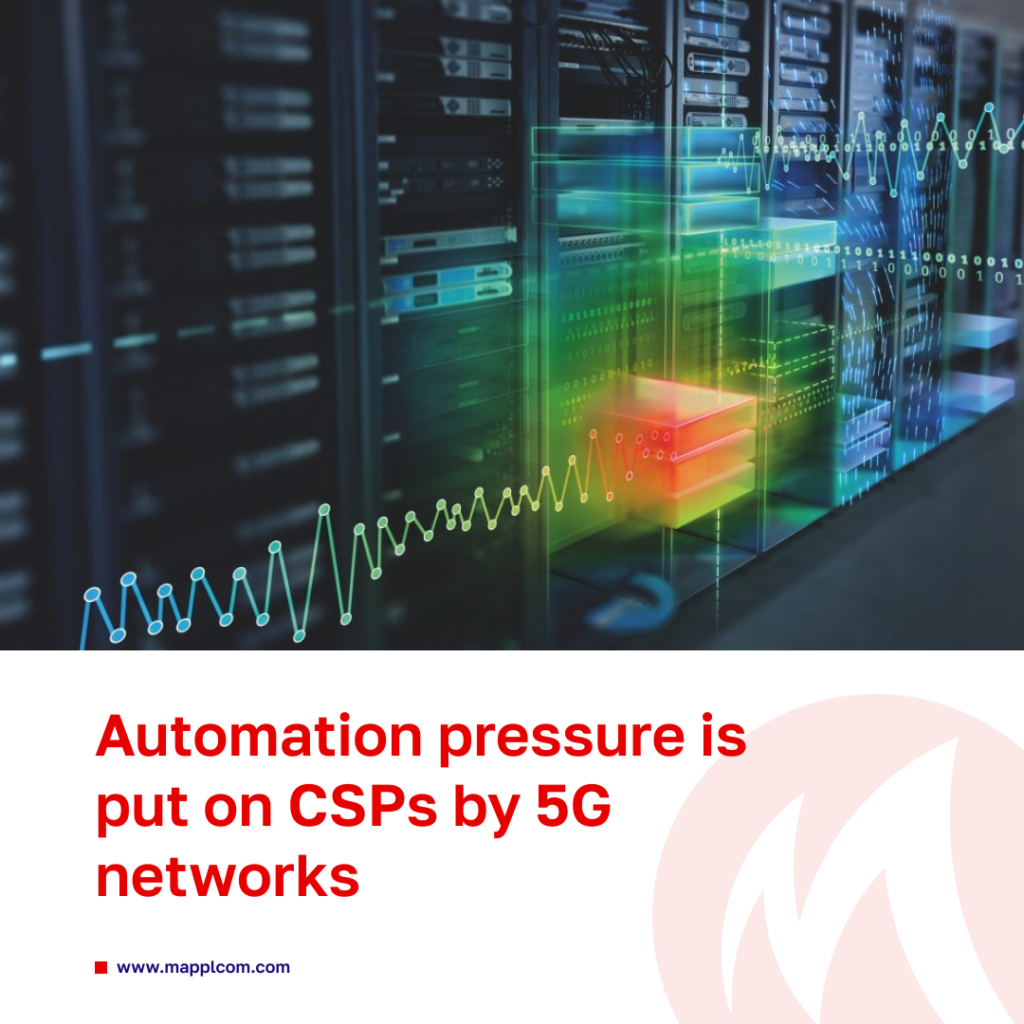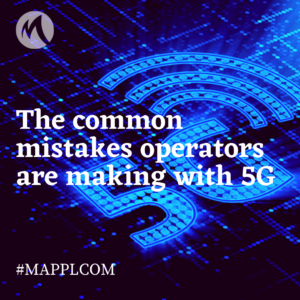Automation pressure is put on CSPs by 5G networks, reports the most recent industrial survey

And this pressure has already got its catchphrase “automate or die”. Sounds too harsh, doesn’t it? The key idea of the research was to show that wide appearance of 5G-based solutions in all the spheres consequently seriously taxes CSP with drastically increased requirements: providers are to play a key role in a full-scale rollout of the newest generation of networks – so, they need to putt efforts and automate their network as well as emulate the scale, elasticity and responsiveness.
The most vital issues that are forcing these players to move toward higher immersion into automation are the following:
1) Firstly, number of devices with the deployment of 5G will grow by an order of magnitude or even more. Can we just imagine billions of new cars connected? But what if we get this numbers by adding IoT devices and manufacturing tools? The task of providing connectivity to all the gadgets is just impossible in any manual mode.
2) Emergence of new services, which are nowadays not even feasible without significant scale from the very launch. In addition, some of the applications and platforms involve real-time network responses – something that cannot be ensured by a human-being without advanced tools.
3) Moreover, automation is a classic historical way of operational costs reduction, which hasn’t been used in digital world previously just because no one could foresee an application method for quite a long time due to some specifics of the sphere. But now potential solution is seen in automated fault detection, advances monitoring and remediation.
4) Security issues should also be controlled in a less humanized manner to deliver higher efficiency and more reliable process.
These statements are massively supported by the survey’s numbers, where 95% of respondents name automation the most crucial innovation trigger. Obviously, 5G networks interest bears a broad-based nature. All the CSPs and cloud providers, as well as other dominant operators, are attracted by the opportunity to roll out new apps and tools supported by 5G’s number of advantages (such as support for Internet of Things (IoT), low latency, adjustable spectrum, network slicing and so on). At the same time, global 5G implementation demands a number of structural and organizational changes not all the CSPs are ready for. These changes are inevitable, and even if service providers don’t innovate and automate fast enough themselves, the cloud will necessarily do it for them. Dominant cloud providers have already started building out regional points of presence (POPs), allowing business clients to plug into their cloud infrastructure facilities at key points, which definitely brings harsh competition to the market. But this competition is definitely not the worst development trigger.

